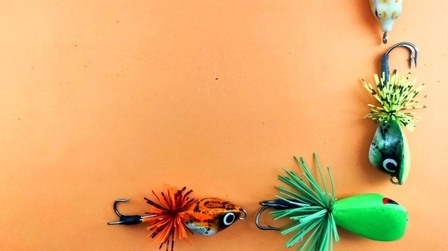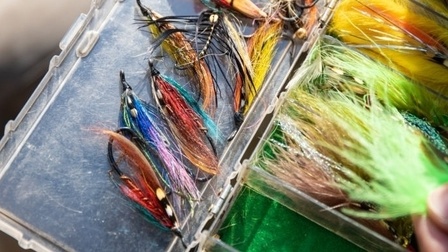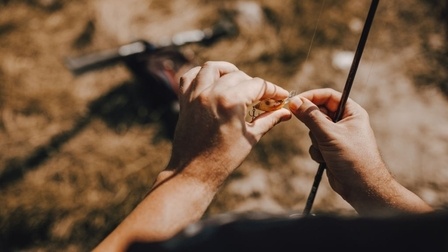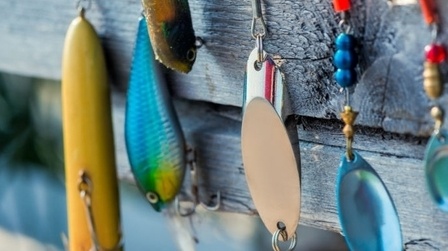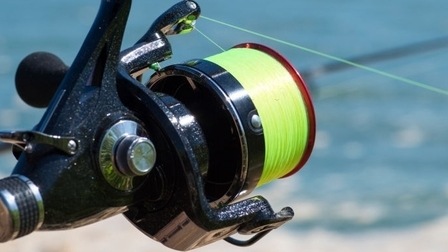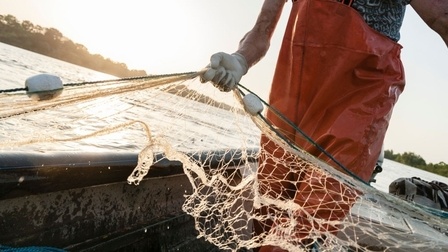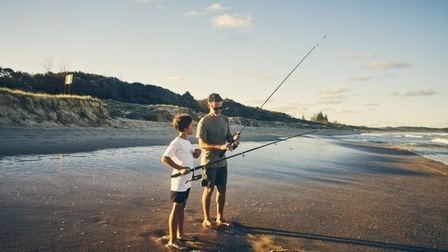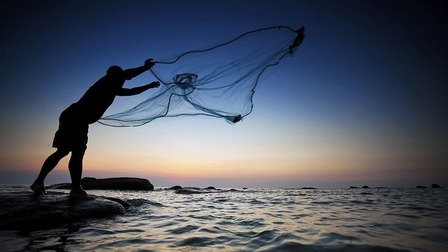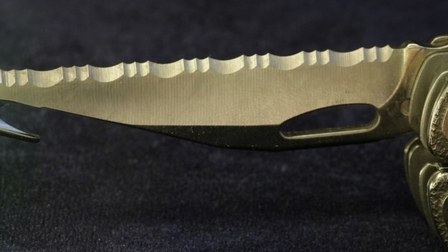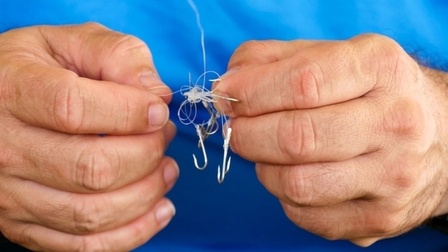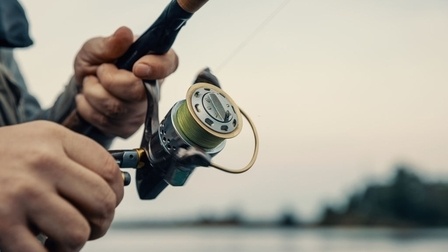The fishing lure is one of the essential items that can decide the success of a fishing trip. Anglers frequently choose fishing lure based on their personal feelings rather than considering whether the colour of the lure is appropriate for the water conditions. Not all coloured light can see far and clearly in the water. Water can absorb various wavelengths of light, resulting in many colours that vanish entirely when entering the water. In fact, as you go deeper, more colours are filtered out, leaving only a few colours.
Colour that can be seen by a fish's eye or by a human's eye. In fishing, experienced anglers have shown that specific colours are more effective than others. Many professional anglers around the world have been using the following basic guidelines for choosing colours for lures. This article will discuss how to use coloured fishing lures and its guideline to choose the correct one.

1. Can fish see colour?
In many cases, the fish colour vision can work like the human eye. Cones for colour vision and rods for black and white vision are present in fish retinas. Cone photoreceptor cells in the retina process colour during the day and can distinguish between different colours. In contrast, rod photoreceptor cells only provide night vision and cannot process colour. However, they can detect differences in light intensity.

It means that during the day, fish rely on cones for vision. At night, rods are used instead, which have a much higher light sensitivity and resolution. The process of switching from rods to cones can take up quite long, around two hours, and predatory fish with faster eyes than forage fish will have a visual advantage during dawn and dusk, which is at least one reason why these times are usually the best for fishing.
One of the two cells is more prevalent in certain species. Freshwater species, for example, have more cones and are thus better at distinguishing between colours. Fish that are night feeders or deep dwellers, on the other hand, have more rods because they live and feed in the dark. And that is why the Benefits of Coloured Fishing Lure appeared.
2. Benefits of Coloured Fishing Lure
Due to these cells – Cone and Rod, many fishing equipment companies try to make the coloured fishing lure. Choosing colours for lures is still primarily based on the simple principle of being colourful. Create an impressive focus of attention in the aquatic environment that anglers drop the fishing lures. From that, the coloured fishing lures can attract more fishes taking the lures. It helps fish bite more, or colour makes lures more easily deceived.
However, if you want to stick to the theory, choose the colour that will be the most effective lure. Colourful fishing lures will only work if you're fishing in murky water. The vision of the fish that live in this environment is also somewhat limited. The colour of the lures will also make them more interested in anglers bait. In contrast, a fishing lure with subtle colours brings high effects if anglers fish in the topwater area. The water is more transparent because it is not affected by mud. Since water is clear, only a light movement in the water is enough to give up the notice of fishes.
3. Coloured Fishing Lure Selection
Choosing the right colour
The general guideline is that the clearer the water, the more natural the fishing lures. Despite providing a lot of contrast, dark-coloured plastics look rather odd in clear water and don't get nearly as many bites. Instead, go for a natural green pumpkin, watermelon, or brown to maximize fish bites in clear water. These shades won't look as out of place as a darker colour, and bass will be more likely to pick them up.
One more tip is that fishes prefer gold or silver lures on a sunny day when having enough sunlight. These colour lures will make your fishing excursion more productive because when the light shines on the lures, the golden or silver lures will reflect, leading fish to become irritated.
When the water is murky or a cloudy day, anglers should use fishing lures with a bright colour. Hot or Bright colours, on the other hand, are ideal for murky water and low light settings. They are more noticeable to the fishes. In contrast with a sunny day, it is nearly impossible to see the gold or silver lures above on a foggy day like this. Instead, the Fluoro lures become incredibly impressive due to the UV rays being stronger on cloudy days.
And if anglers go fishing at night? Using the dark colour is a good idea. Many experienced anglers also agree with this one. In the late at night, fish often make mistakes from the bottom up or when the light is weak, so we have the maximum benefit of that remaining light. Under these conditions, the coloured fishing lures have a darker colour to add a more straightforward silhouette and are easier to see. Black, dark blue, and purple are the best choices at this time of day.
The benefits of coloured fishing lure are that you can choose suitable lures every day, every time.
Lure Running Depth

Referring to the coloured fishing lures when entering the water, anglers cannot forget the effect of depth on colour. One more aspect of anglers buying decisions is the running depth of the fishing lure since it relates to the wavelengths.
Long and short wavelengths are absorbed in varying intensities when white light penetrates clear water. Short wave frequency (violet) is absorbed by the lower intensity and penetrates deeper than longwave frequency (red). It's as simple as having a colour that fish can't see down to a certain depth because of the lures. Longwave frequencies (red and orange) are absorbed near the water's surface, so the lure image is lost at depths. The lure will become black to the fish if all other frequencies are absorbed, or a good frequency will respond poorly.
According to this, red has the longest wavelength, so it is also absorbed most quickly when entering the water. According to some surveys, the red colour, when descending to a depth of 457-609m, is almost completely disappearing. Similarly, shorter wavelength oranges and yellows can go a little deeper. And blue is the colour that can go the deepest of all colours. This is why if we drop a white fishing lure into the water, we can see it turn dark blue or grey inside. Water will become darker as you go deeper.
When using topwater lures, the colour is less critical, but the size, shape and function are the main when the fish appear below the water's surface or often glitter behind the lure in the water. If the water is shallow, you should use a grey or black lure.
Conclusion
Choosing the right coloured fishing lure can be a difficult task for anglers. It necessitates fishing technique as well as extensive knowledge of colour contrast, wavelength, and fish characteristics. Hope this article How To Use Coloured Fishing Lures will help you on your fishing way.

